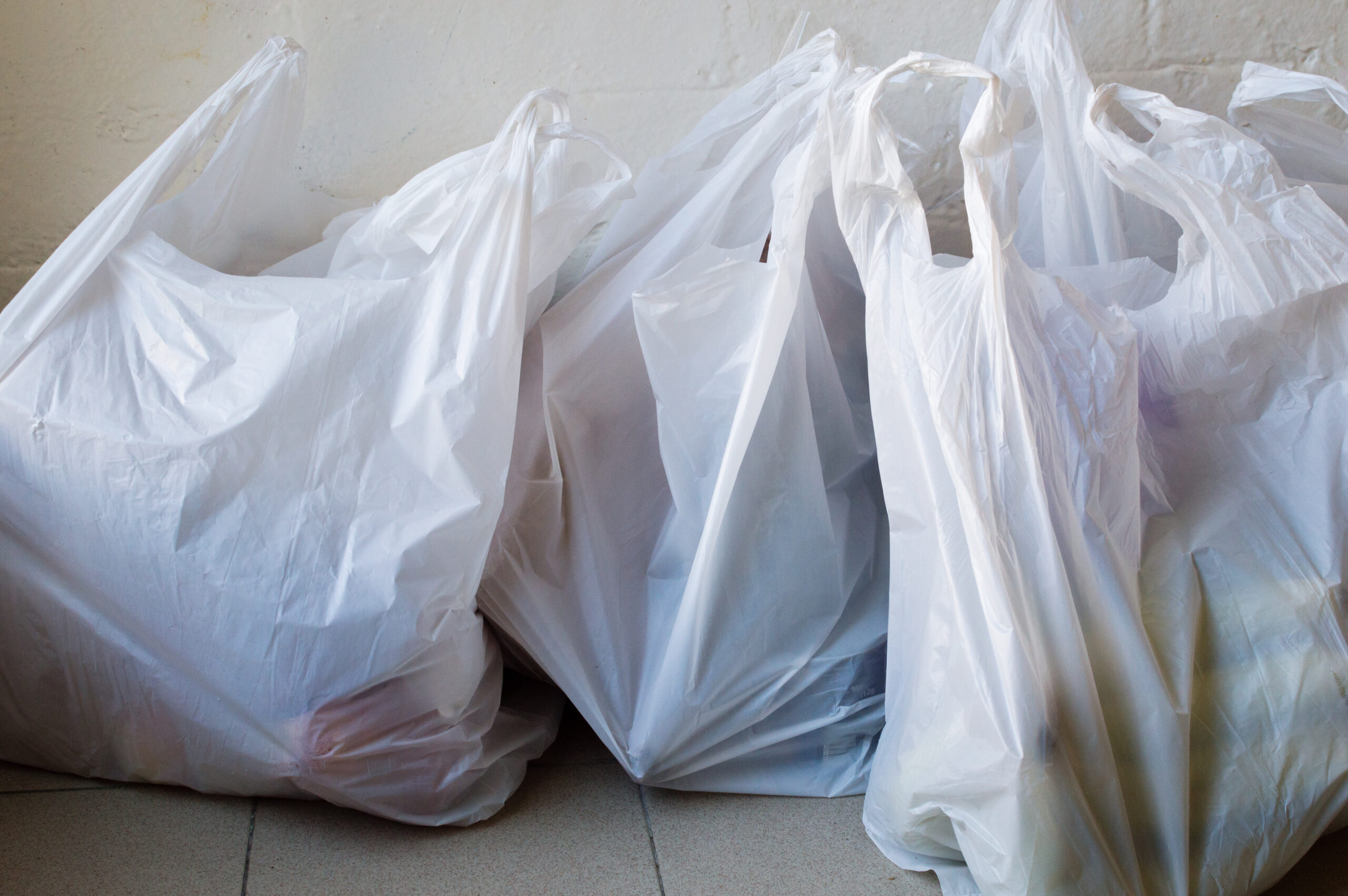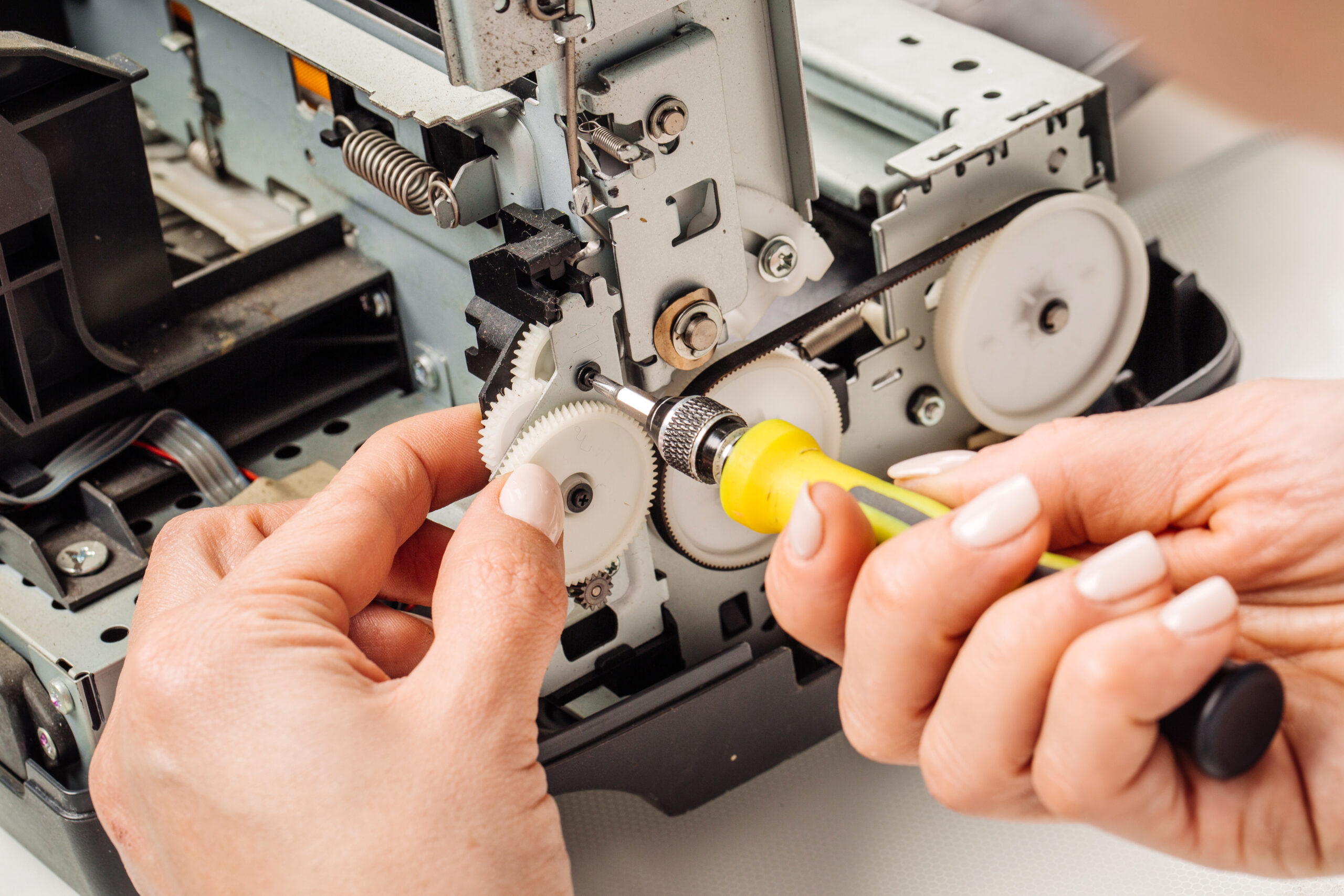What is the Circular Economy (and how can circularity be achieved)?
Published July 2025 © DATA4CIRC
In DATA4CIRC’s last blog, we asked ‘what is the circular economy?’ Now we understand the idea, it’s time for us to consider how we can go about transforming a linear economy into a circular economy. A crucial driver of change will be a re-thinking of how we design and use products: circularity isn’t as easy as simply adding on an extra step at the end of a product’s lifecycle. Circularity has to be built into the entire product lifecycle. The so-called ‘R-strategies’ offer us a guide for achieving this.
What are the R-strategies?
R-strategies offer a structured, actionable framework for rethinking how we design, use, and dispose of products. These strategies form a hierarchy that prioritises interventions based on their potential to reduce environmental impact. The higher up the R-ladder, the more effective the strategy is in ensuring material impacts on the environment are minimised.
R0 – Refuse: The best way to avoid material ending up as waste is not to use that material to begin with! This R-strategy involves avoiding using harmful or unnecessary products altogether (or at least disincentivising their use). For example, banning or charging for single-use plastic bags can reduce their use by 98%, which is a huge saving in material and waste!

The use of single-use plastic bags can easily be avoided
R1 – Rethink: If products are made, redesigning systems and business models so the minimum number of that product is produced to serve the identified need is the next R-strategy. In electronics, this could mean shifting to product-as-a-service models where devices are leased and maintained, not owned and discarded. Let‘s be honest, how many of us have tools or kitchen appliances we hardly use taking up space in our homes? Would it be more efficient to share some of these with friends, neighbours, or the community? What about car sharing instead of streets filled with parked cars?
R2 – Reduce: As well as producing fewer goods, material can be saved by using less virgin raw material in production. Automotive manufacturers are increasingly finding ways for catalytic converters to use less platinum group metals (PGMs), reducing reliance on scarce materials.
R3 – Reuse: Once a product has been produced and is in use, we can potentially extend its life by using it again. In agriculture, reusable plastic crates and irrigation tubing reduce the need for single-use plastics.
R4 – Repair: How often do we throw away entire products because one tiny part has broken? If we fix broken items instead of replacing them with new ones, it can save lots of waste. Right-to-repair legislation in the EU is pushing electronics manufacturers to make devices easier to fix, reducing e-waste.
R5 – Refurbish: We all like to have the latest gadgets, but what if we could update old products to meet current standards? Refurbished laptops and smartphones are gaining popularity, especially in public procurement and education sectors.
R6 – Remanufacture: We can also rebuild products using a mix of old and new parts. In the automotive sector, remanufacturing parts allows reductions in the use of primary resources and can keep thousands of tonnes of critical raw materials in the EU.
R7 – Repurpose: A favourite of hobby enthusiasts: we can use discarded items for new functions. For example, old circuit boards from e-waste can be repurposed into art, jewellery, or even educational kits. Obviously, care needs to be taken to ensure waste is used appropriately to avoid toxic chemicals or other harmful substances are not released!

It is increasingly possible to repair electrical goods instead of throwing them away

R-Strategies for Circular Business Models © Antonio Vizcaya Abdo. Reproduced with permission.
R8 – Recycle: It might surprise you to find this so low down the list, but that only shows how much room we have for saving waste! Recycling involves processing old/used materials to make new raw materials for new products. A good example of this is how agricultural plastics, often contaminated with soil and chemicals which made them hard to recycle, are now being cleaned and recycled – see our blog about our field trip to Murcia!.
R9 – Recover: As a last resort, we can also extract energy or materials from waste that can’t be reused or recycled. For example, taking waste organic matter and turning it into biogas.
We’re delighted to thank Antonio Vizcaya Abdo, a sustainability advocate and Professor of Corporate Sustainability, for allowing us to share his diagram.
Now we have an idea of what the R-strategies are, let’s take a look at how the work of DATA4CIRC will help make them easier to implement for companies involved in DATA4CIRC’s 3 use case scenarios.
Sector-Specific Transformations for DATA4CIRC
Agricultural Plastics: Traditionally difficult to recycle due to contamination, agricultural plastics have frequently been targeted via R0–R2 strategies, like refusing non-biodegradable plastics, although there are issues still to be overcome: many biodegradable plastics only break down in industrial composting facilities with high heat and humidity—not in oceans, landfills, or in soil in the fields. Furthermore, many regions lack the infrastructure required to process these materials properly, so even material that is theoretically recycleable can often end up in landfill sites where it can cause microplastic pollution.
However, DATA4CIRC’s partners Centro Technologico del Calzado y del Plastico de la Region de Murcia and Green World Compounding SL are focussed on R8 recycling, which they are improving with better cleaning technologies and enhanced traceability so we know where and how the plastic has been used. The DAT4CIRC project will help them by making traceability easier!
Waste Electronics (WEEE): E-waste is (literally) a goldmine of recoverable materials! Applying R4–R6 strategies—repairing, refurbishing, and remanufacturing—can drastically reduce the 62 million tonnes of global e-waste generated annually. AI-powered diagnostics are also enabling smarter repairs and predictive maintenance. The use of Digital Product Passports and frameworks to allow secure access to data on a need-to-know basis, like the one DATA4CIRC is developing, will help our partners, FOS SPA / T&G Technology & groupware and Eco Recycling, make these processes more efficient.
Automotive Catalytic Converters: These typically contain high-value Platinum Group Metals (PGMs) like platinum and rhodium. R6 remanufacturing and R8 recycling are critical here. Companies such as DATA4CIRC partners Monolithos and Centro Ricerche Fiat (part of the Stellantis Group) are developing closed-loop systems to recover and reuse these metals, reducing both cost and environmental impact. Again, the DATA4CIRC platform is being designed specifically to support the shift towards increased circularity in this sector.
We hope the platform and technologies DATA4CIRC is developing will help European manufacturing and European society move from a throwaway culture to one that once again values longevity, efficiency, and regeneration. In doing so, we won’t just reduce waste – we’ll redefine value and we’ll support a more sustainable future!
We hope you are as excited as we are to follow the DATA4CIRC journey over the next 4 years! You can keep up to date on the latest developments from our project by following us on the DATA4CIRC social media channels:
